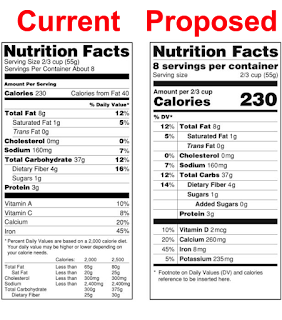Updated Guidelines for Preventing Osteoporosis-Related Fractures Released
Updated Guidelines for Preventing Osteoporosis-Related Fractures Released
By Dennis Thompson, HealthDay Reporter
TUESDAY, Jan. 14, 2025 --The nation's leading preventive health panel recommends that women 65 and older continue to be screened for osteoporosis.
The U.S. Preventive Services Task Force also recommends screening women younger than 65 who've gone through menopause and are at increased risk of a fracture from bone loss, according to the updated guidelines published in the Journal of the American Medical Association.
"Too often, the first sign of osteoporosis is a broken bone, which can lead to serious health issues," USPSTF member Dr. Esa Davis said in a statement from the group.
"The good news is that for women 65 years or older, as well as younger women at increased risk, screening can detect osteoporosis early—before fractures happen—helping women maintain their health, independence, and quality of life," added Davis, senior associate dean of population and community medicine at the University of Maryland School of Medicine.
Osteoporosis happens as people grow older, and their bones lose the ability to regrow and replenish themselves.
As bones become thinner and less dense, the bone fracture increases. According to the Cleveland Clinic, the hips, wrists, and spine are the bones only broken due to osteoporosis, according to rated women's guidelines, consistent with earlier versions issued in 2018 and 2011. The USPSTF regularly reviews its screening guidelines to ensure they adhere to the most recent medical findings.
The USPSTF guideline also states that there is still insufficient evidence to determine whether osteoporosis screening would benefit men.
"While screening can identify men who have osteoporosis, we need more evidence on whether or not screening and current treatments prevent fractures in men," USPSTF vice chair Dr. John Wong said in a news release.
"The Task Force continues to call for more research in men and encourages anyone concerned about their bone health to speak with their clinician," added Wong, Tufts Medical Center Division of Clinical Decision Making chief.
The task force added that there are also essential health inequities related to osteoporosis screening. Risk assessment tools have some limitations in predicting fracture risk for Black, Hispanic, and Asian people.
"It is important that clinicians be aware of these limitations," the task force said in its statement." Clinicians may also want to consider additional risk factors to help inform discussions with their patients and determine whether screening or treatment for osteoporosis is needed."
The USPSTF is an independent volunteer panel of national experts in preventive medicine.
However, the group's guidelines can significantly affect healthcare coverage. The Affordable Care Act requires that any screenings recommended by the USPSTF be covered for free.




Comments
Post a Comment